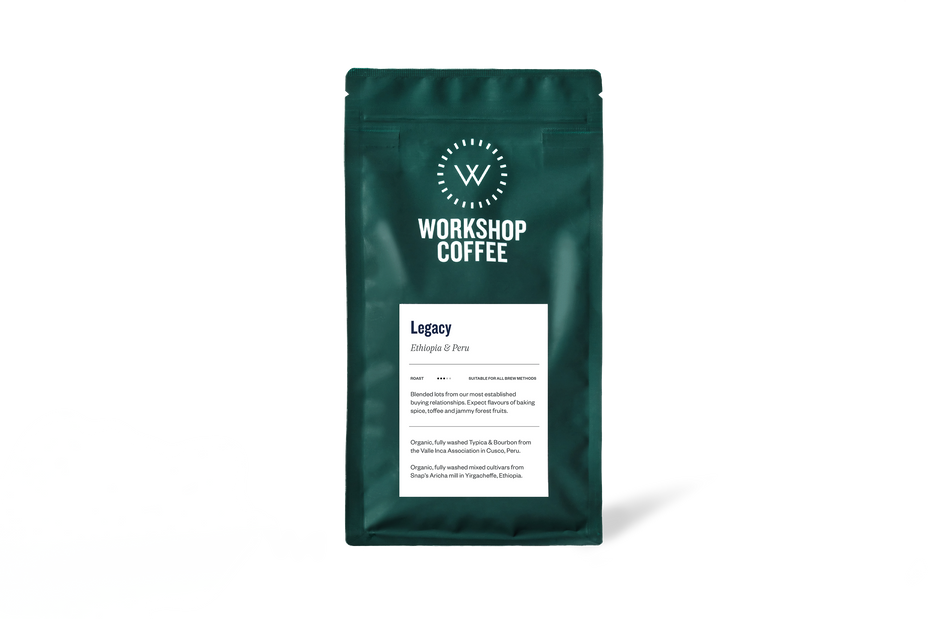Energising encounters
Stories that fuel our community.
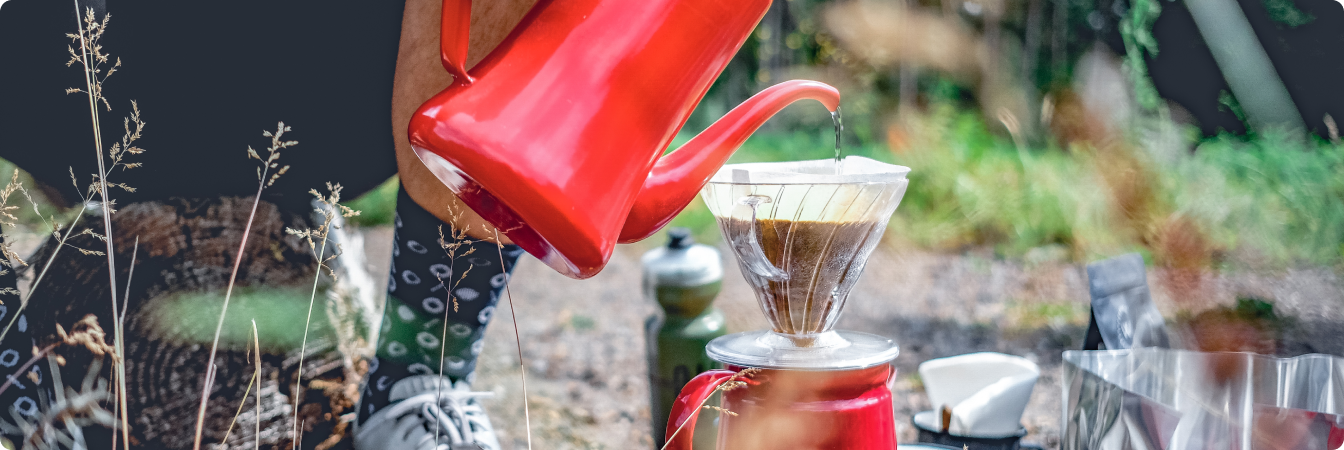
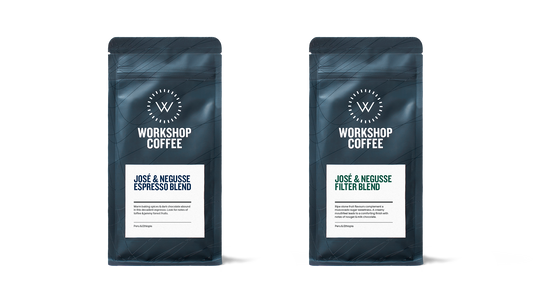
Introducing José & Negusse: Our House Blend Con...
Some of our long standing customers will remember the days when our house espresso, named ‘Cult of Done’ after Bre Pettis’ manifesto, consisted of multiple coffees. In our early years it...
Introducing José & Negusse: Our House Blend Con...
Some of our long standing customers will remember the days when our house espresso, named ‘Cult of Done’ after Bre Pettis’ manifesto, consisted of multiple coffees. In our early years it...
Read more
Read more
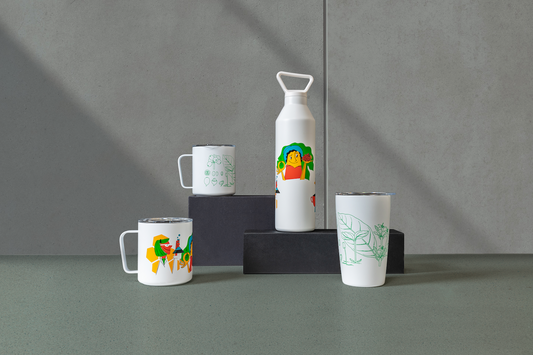
MiiR x World Coffee Research
We're proud to have spearheaded an initiative that brings together design forward, generosity driven drinkware brand MiiR and World Coffee Research. Together, we've created a collection of products that directly contribute to the protection...
MiiR x World Coffee Research
We're proud to have spearheaded an initiative that brings together design forward, generosity driven drinkware brand MiiR and World Coffee Research. Together, we've created a collection of products that directly contribute to the protection...
Read more
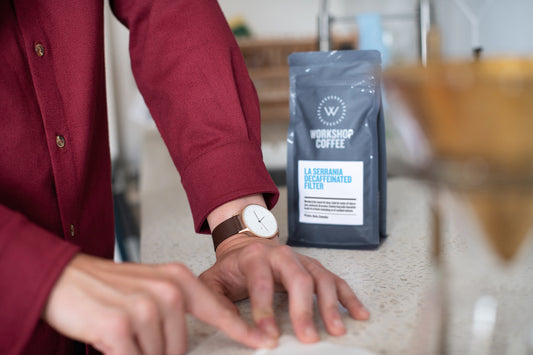
A Closer Look at Decaffeinated Coffee
Decaffeinated coffee remains a taboo amongst some people specialty coffee world. I haven't seen any other coffee trope so ubiquitous, whether tattooed onto a forearm, scrawled on an A-board or emblazoned...
A Closer Look at Decaffeinated Coffee
Decaffeinated coffee remains a taboo amongst some people specialty coffee world. I haven't seen any other coffee trope so ubiquitous, whether tattooed onto a forearm, scrawled on an A-board or emblazoned...
Read more
Introducing: Our Decaffeinated Filter Roast
For the first time in our eight years of roasting coffee, we’ve decided to create a dedicated filter roast profile for our decaf offering. The quality of the most recent...
Introducing: Our Decaffeinated Filter Roast
For the first time in our eight years of roasting coffee, we’ve decided to create a dedicated filter roast profile for our decaf offering. The quality of the most recent...
Read more
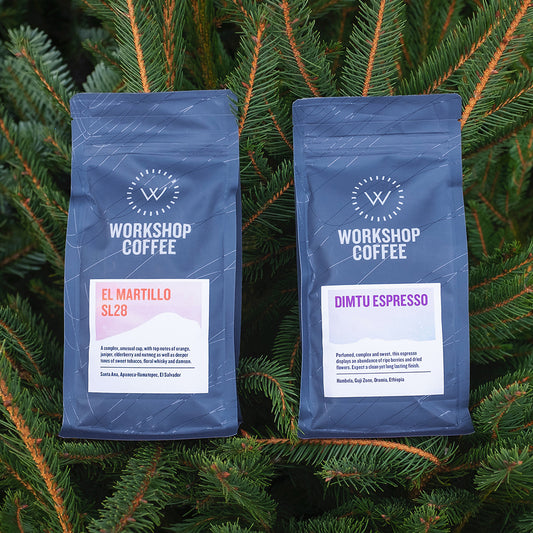
Two Fantastic Festive Coffees
"El Martillo SL28 from El Salvador and Dimtu Espresso from Ethiopia." Two years ago, we introduced our first two festive coffees for the holiday season and last year brought you...
Two Fantastic Festive Coffees
"El Martillo SL28 from El Salvador and Dimtu Espresso from Ethiopia." Two years ago, we introduced our first two festive coffees for the holiday season and last year brought you...
Read more
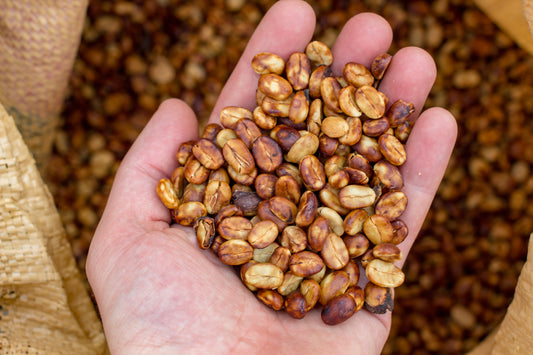
What makes a honey?
A detailed look at different processing methods, explaining what is unique about the five honey processed lots that we will be roasting this year.
What makes a honey?
A detailed look at different processing methods, explaining what is unique about the five honey processed lots that we will be roasting this year.
Read more
Loma Linda three ways
In February James and myself visited El Salvador, a first for both of us, but not for Workshop Coffee. We’ve bought coffees through JASAL for the last three years and...
Loma Linda three ways
In February James and myself visited El Salvador, a first for both of us, but not for Workshop Coffee. We’ve bought coffees through JASAL for the last three years and...
Read more
Fresh Crops: Gichathaini AA
Another coffee that we're very proud to be showcasing this year, and one that is really standing out on cupping tables and domestic kitchen benches alike, is the Gichathaini AA, Kenya....
Fresh Crops: Gichathaini AA
Another coffee that we're very proud to be showcasing this year, and one that is really standing out on cupping tables and domestic kitchen benches alike, is the Gichathaini AA, Kenya....
Read more
Read more
Untapped potential
Have you tried:
Untapped potential
Have you tried:

Subscribe to our newsletter
More energising updates
Join our collaborative coffee community and enjoy important news and exclusive offers.



